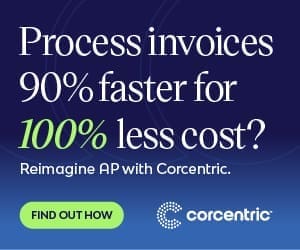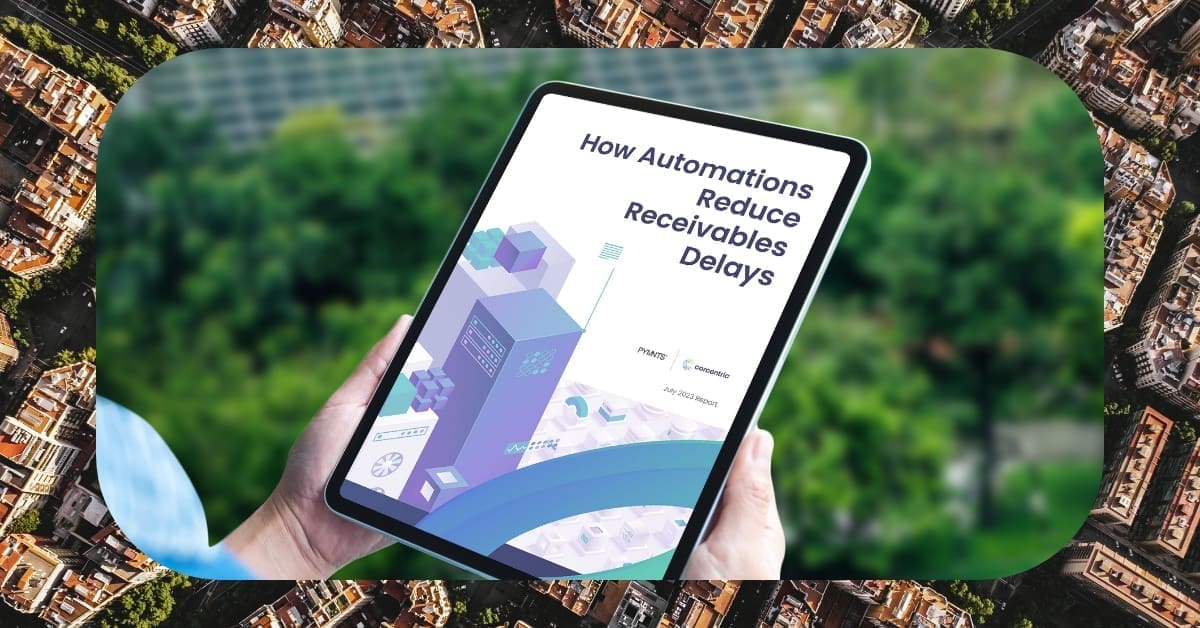Exploring A Cloud-Based Procurement Software For The C-Suite
Corcentric

Cloud Based Procurement Software
In an ever-changing business landscape, the C-Suite of executives needs to stay step ahead in adopting advances in technology. One such advent is the shift from on-premises to cloud-based solutions, and the implementation of Source-to-Pay (S2P) Softwaresystems. This guide will explain the why and how of partnering with reliable Cloud-Based Procurement Softwaresolution, making it iseamless to procure goods and services.
Before delving into the mammoth task of understanding and purchasing Cloud Based Procurement Software, the C-Suite needs to be aware of the prospective benefits. International market access and revised regulations demand swift approach to procurement, and Cloud-based Procurement Software provides that efficiency. An important feature of Cloud-Based Procurement Software is their agility, flexibility and scalability, allowing business to up or downsize their needs as regulations and needs change. This also saves money, as companies no longer need to invest in additional staff or hardware to utilize the procurement software. Moreover, business can ensure compliance with corporate policies and governmental regulations, as the software keeps track of all purchasing history, documents and contracts easily.
Once the C-Suite is aware of the importance of adopting Source-to-Pay solution, it is time to evaluate cloud-based procurement software. The first step to purchasing reliable solution for the C-Suite is researching potential software providers. Make sure to thoroughly examine the services, pricing and customersupport of the provider and check if the software is customizable and secure. The Softwareshould also be compatible with the existing ERP systems. Furthermore, check if the software offers customization based on the industrial requirements of the user as well as specialized reporting tools.
Once provider is decided upon, usually, they provide demo of the software to the user with an account set up. This step provides the business with the opportunity of testing the software and decrypting how the software works and its suitability with the business need of the company. This demonstration phase is the most important part of the process, as it allows business to understand the features, in order to ensure that the tool will meet the companies procurement needs.
Once the demo is complete and the C-Suite decides to work with the software provider, it can get custom tailored solution to meet the business needs. This step works as an agreement between the software provider and the business, binding them with each other for certain length of time, based on the need. This step includes implementing the software to the client’s landscape and verifying that the compatibility and data transfer is done correctly.
Once the implementation of software is complete, most providers will provide technical and customersupport to assist with any questions that may arise while using the software or any issue with the functionalities implemented. Another important step before using the software is the onboarding process, in which the supplier and end-users of the business are trained on the procurement software and its usages. This may take weeks before the business is 100% up and running.
In essence, cloud-based procurement software is the key to making sure that business is able to stay on track when it comes to sourcing goods and services. By investing in reliable software, business can save time and money while providing safe way to implement systems to ensure compliance with policy and regulation. This guide is comprehensive tour to understanding S2P systems and making sure that company can develop and specialize its procurement system for maximum efficiency.

